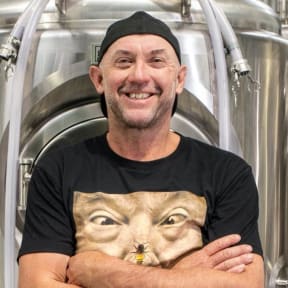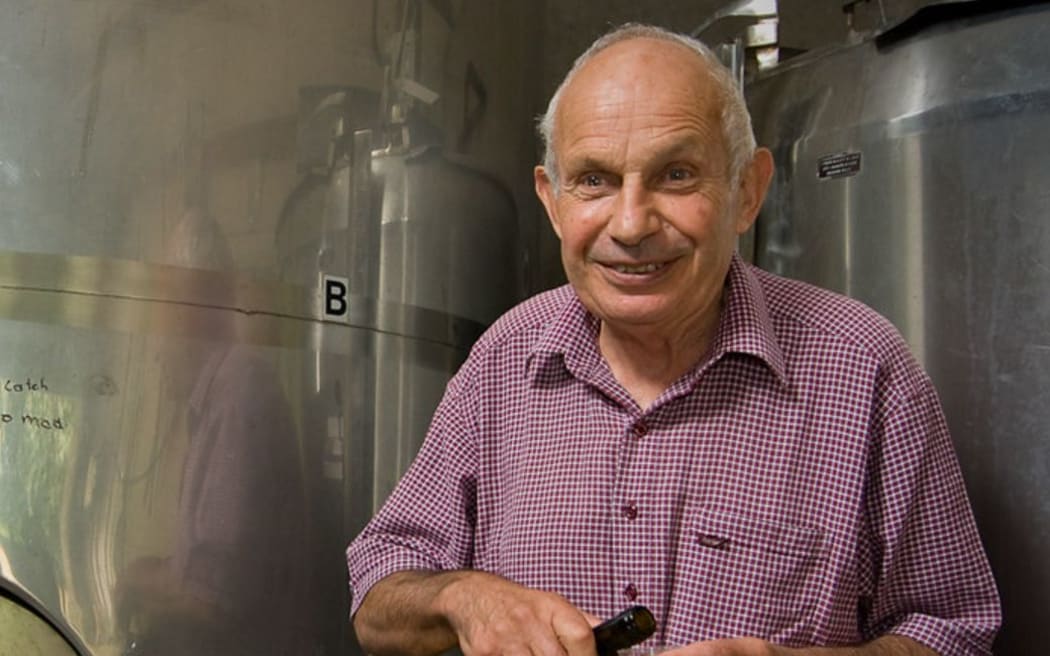When a swarm of bees kept relocating to the walls of Jay Bennett's bush house every summer, the Taupō man started thinking about how to put his regular visitors to use.
After picking up a "bee suit" and a copy of Practical Beekeeping in New Zealand, Jay eventually became the keeper of hundreds of hives in the Taupō region.
Two years on, he's turning his delicious honey into alcoholic and non-alcoholic beverages at the craft meadery Beehave.

Photo: Beehave Craft Meadery

Jay Bennett from the craft meadery Beehave in Taupō Photo: This NZ Life
After he became a honey producer, the former professional rafting guide discovered he was blessed with a palate able to discern the subtle flavour differences between types of honey.
The smooth caramel of Rewarewa, the slightly bitter aftertaste of Kamahi and the complex floral aroma of Five Finger are some of his favourites.
While looking for products he could make with his own, Jay came across mead – an ancient alcoholic drink made from fermented honey and popularised by friars and monks.
This means that honey, to him, is what apples are to cider and what grapes are to wine.
Mead is made from honey, yeast and water, and Jay says that – unlike beer-brewing and wine-making – most of the work happens post-fermentation when flavours are added.
In fermentation time, mead-making sits somewhere between beer and wine, he says.
Hopped mead is the quickest type to make at 3 to 4 weeks and blackberry carbonated mead takes the longest to make at 7 to 8 weeks.
The taste of mead, Jay says, is something like "cider on steroids".
"The honey backbone really gives it a lot of substance and character."
Related:
Listen - Mead-making with Kiwi pioneer Leon Havill (This Way Up)

Rangiora mead-maker Leon Havill Photo: Douglas Remington / Ethereal Light

